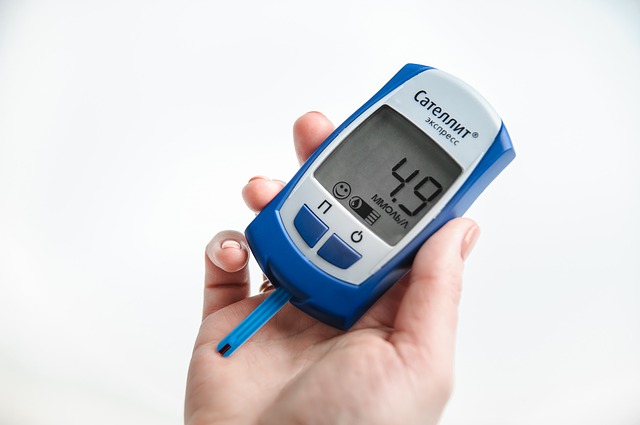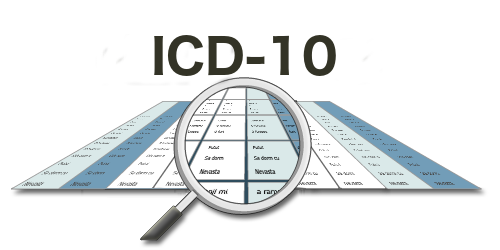
Diabetes is a chronic metabolic condition where the person suffers from higher levels of blood glucose. Those high levels of blood sugar cause damage to the heart, kidneys, eyes and nerves. The person’s body is unable to produce the insulin needed that help the cells to absorb sugar or the glucose from the bloodstream.
Contents
This condition is also known as hyperglycemia. The extreme cases can cause heart attacks, nerve damage in the feet, which can lead to amputation. Diabetes can become so severe if left untreated or treated incorrectly, that it is fatal. In 2019, according to the World Health Organization, 1.5 million people passed away from diabetes. Out of that total, 48% of those people were under the age of 70.
Prevalent
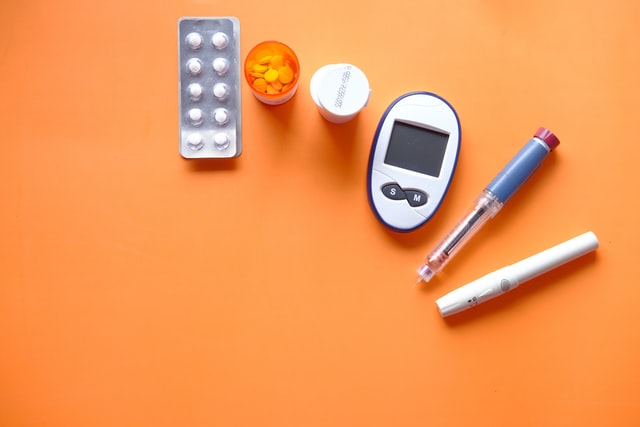
As of 2021, diabetes affects 537 million people, or 10% of the world’s population. The International Diabetic Foundation has determined that this number will increase to 643 million in 2030 and increase to 783 by 2045.
These numbers do not include the at least 240 million people that have not been diagnosed.
In the Pacific Islands, diabetes is highly prevalent. This is due mainly to the expense of fresh fruits and vegetables versus fast food. As with most areas of the world, fast food is more accessible to the population since it is less expensive than the healthier options. This along with genetic factors increases the chances of diabetes. The following are the top ten locations with the highest diabetic rates in the world.
- Pakistan 30.8%
- French Polynesia 25.2%
- Kuwait 24.9%
- Nauru 23.4%
- New Caledonia 23.4%
- Northern Mariana Islands 23.4%
- Marshall Islands 23%
- Mauritius 22.6%
- Kiribati 22.1%
- Egypt 20.9%
Types of Diabetes
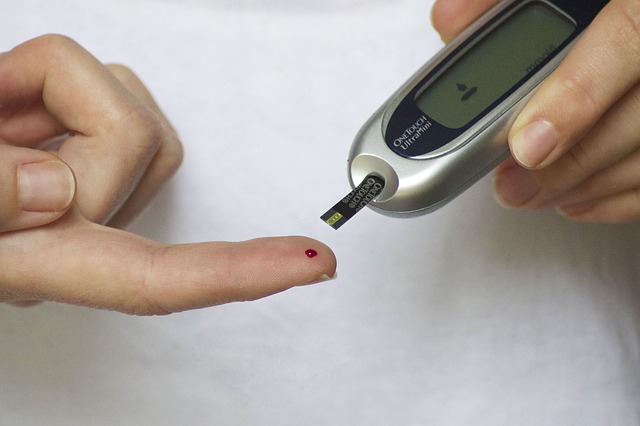
There are two main types of diabetes, Type 1 and Type 2. Both of these are considered chronic conditions. The condition will vary slightly depending on the type. Type 1 Diabetes is a condition where the body does the job of processing insulin, however, the pancreas does not produce enough insulin.
In comparison, Type 2 Diabetes is a condition where the pancreas produces an adequate insulin however, the body is unable to process it properly. For both types, the insulin’s role in the glucose management is compromised.
Type 1 Diabetes is most often found in younger people, making up about 5% of all cases. The cause of Type 1 Diabetes is unknown. In Type 2 Diabetes, it is most common in the adult population, making up approximately 95% of the cases. People who are overweight are most commonly prone to Type 2 Diabetes.
Gestational Diabetes is found in pregnant women. It is often temporary and mild. Once the child is born, the mother will likely not have any symptoms. However, Gestational Diabetes leaves both the mother and the child susceptible for Type 2 Diabetes later on in life.
Prediabetes is also common. This is a condition where the glucose levels are slightly elevated and will likely form into full Type 2 diabetes, if it is not treated. The Center for Disease Control has estimated that Prediabetes affects more than 30% of the adults in the United States alone.
According to Health professionals, this is reversible with a proper diet and exercise routine. This is, however, undiagnosed in more than 80% of cases.
Understanding Diabetes

To fully comprehend what all this means, you need to understand how the body works with processing glucose. Insulin is a hormone that comes from a gland that is situated behind and below the stomach. This is the pancreas. The pancreas secretes insulin into the bloodstream.
The insulin moves through the bloodstream enabling the sugar to enter your cells. Insulin lowers the amount of sugar in your bloodstream. As the blood sugar level drops, so will the secretion of insulin from your pancreas.
The role of glucose is a sugar that is a source of energy for the cells that make up the muscles and the other tissues. Glucose comes from the two main sources of food and your liver. Sugar is absorbed into the bloodstream where it enters cells with the assistance of insulin.
Your liver stores and makes glucose. When the glucose levels drop, such as when you have not eaten for awhile, the liver breaks down the stored glycogen into glucose to keep your glucose levels within a normal range.
What has been found for Type 1 diabetes is that although the cause is unknown, we have found that your immune system attacks and destroys your insulin producing cells in the pancreas. This will leave you with little to no insulin. This type is considered to be a combination of genetic susceptibility and environmental factors. The factors are not clear though. It is not believed that weight is an issue in Type 1 Diabetes.
As stated, Prediabetes, which can and often does lead to Type 2 Diabetes is when your cells are resisting the action of the insulin and your pancreas cannot make enough insulin to combat the resistance. What this means is that rather than moving into your cells where it is needed, the sugar builds up in your bloodstream.
It is not known why this happens. Again, it is believed that genetic factors play a role in the development of Type 2 Diabetes. Also, to make note of is that not everyone with Type 2 Diabetes is overweight.
With Gestational Diabetes, the placenta produces hormones to assist in sustaining the pregnancy. These hormones make your cells resistant to insulin. Now, normally, your pancreas would respond in kind and produce enough extra insulin to overcome the resistance.
However, during pregnancy, there are those times when the pancreas cannot keep up. This means that very little glucose is getting into the cells and too much is staying in the blood.
Risk Factors
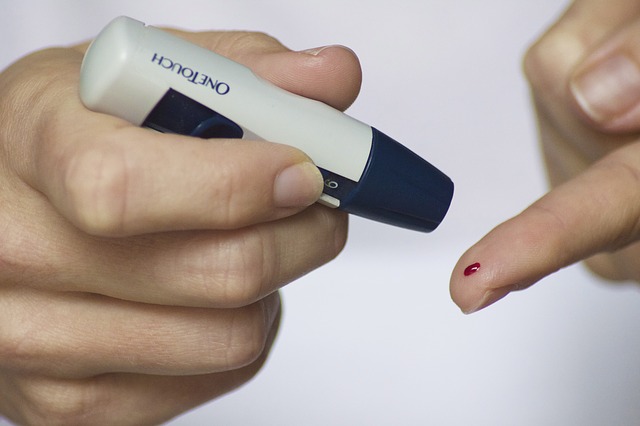
There are risk factors for each type of Diabetes. The exact causes are unknown to the majority of cases. The following factors will signal the increased risk.
- Family history. The risk is increased if a sibling or a parent has Type 1 diabetes
- Environmental Factors. Circumstances such as an exposure to a viral illness may play a likely role in Type 1 diabetes.
- The presence of damaging immune system cells. Sometimes your family members of people with Type 1 diabetes are tested for the presence of diabetes autoantibodies. If you are one that has these autoantibodies, you will have an increased chance of developing Type 1 diabetes. This is not the case for all who have the autoantibodies.
- Geography. There are certain countries such as Sweden and Finland that have higher rates of Type 1 diabetes. It is not fully understood as to why this is.
Risk Factors for Type 2 and Gestational Diabetes
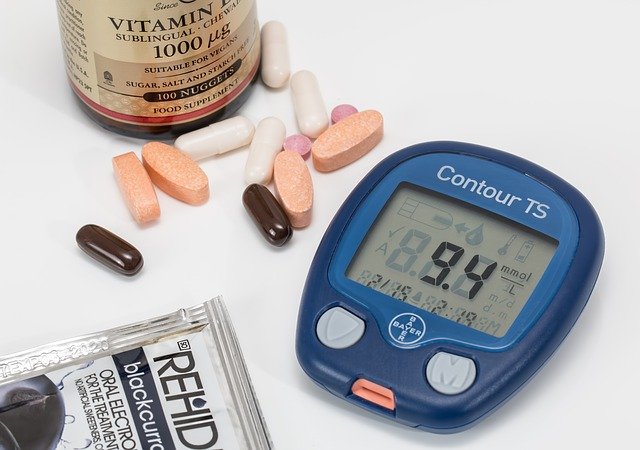
Accordingly, these two types of diabetes also have factors that should be considered and watched. Some of these factors include the following:
- Weight. The more fatty tissue that you have, the more resistant your cells become to insulin.
- Inactivity. Physical activity helps to control weight and uses glucose as energy, and makes your cells more sensitive to insulin.
- Family History. If you have a sibling or parent with Type 2 diabetes, your risk increases.
- Race and Ethnicity. Extremely unclear as to why, however, certain races and ethnicities are more prone to developing Type 2 diabetes. American Indian, African American or Bleack and Asian Americans all fall into this risk.
- Age. Your risk increases as you age. This is likely because you tend to exercise less and lose muscle mass. With less exercise you also gain weight. However, Type 2 is actually increasing among children and younger adults.
- Gestational Diabetes. If you have experienced Gestational diabetes, you are at a greater risk of developing this later in life. If your baby was born at 9 pounds or more, you are at an increased risk also.
- Polycystic Ovary Syndrome. The women who experience PCOS are at a greater risk of diabetes.
- High blood pressure. Readings of 140/90 are considered to be the risk of developing Type 2 diabetes.
- High bad cholesterol levels will put you at risk for the development of Type 2 diabetes.
- For gestational diabetes, women over the age of 25 are at a higher risk.
- Family or personal history of gestational diabetes increases the chances of this happening.
- Weight is an issue, if you are overweight the chances of developing Type 2 diabetes increases, more so if you are considered at an obese weight.
Complications
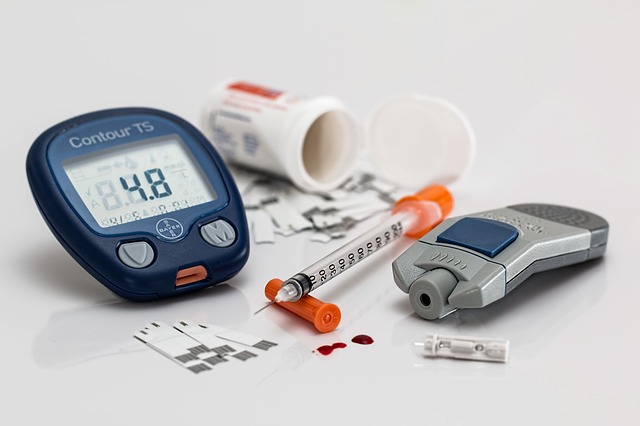
As stated, many complications can form or happen when you have diabetes. This chronic condition can and will affect the heart, the nerves, kidneys and eyes. Many times, people experience extremely low blood flow to the lower extremities which causes serious infections from cuts and other foot complications.
These complications oftentimes require amputations of toes or the whole foot. Most women who have gestational diabetes, will deliver normal and healthy babies. However, if left untreated or uncontrolled, there are causes of excess growth, low blood sugar, Type 2 diabetes later in life. Sometimes, if left untreated, gestational diabetes can result in the death of an infant before or shortly after birth.



